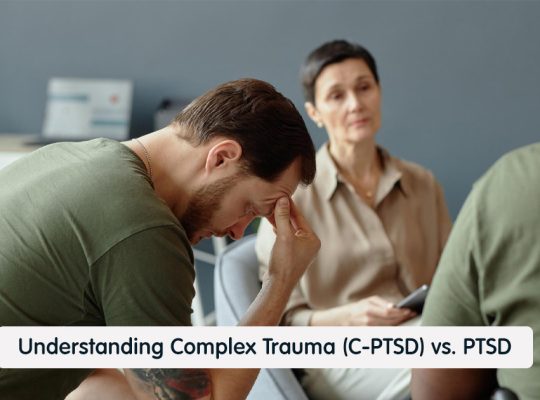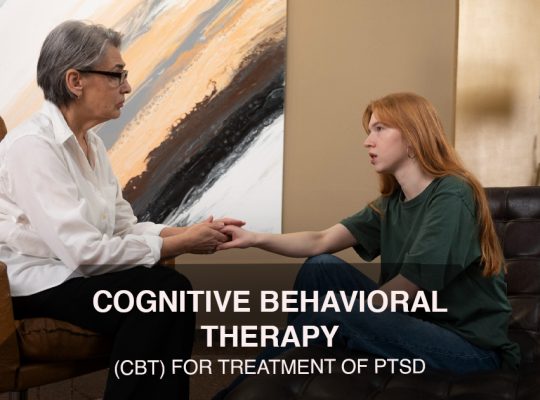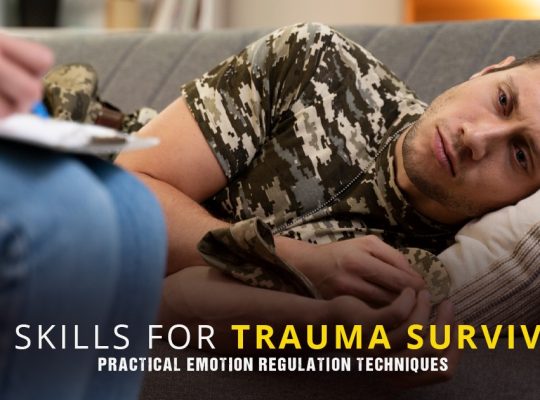Trauma can leave deep marks, often making it hard to move forward even years later. Many people struggle with memories that feel stuck, coming back in painful and disruptive ways. That’s where EMDR therapy becomes such an important question to explore. At Austin Trauma Therapy Center (ATTC), we guide clients through EMDR to help reprocess painful memories and reduce the hold they have on daily life.
Understanding EMDR Therapy
Eye Movement Desensitization and Reprocessing (EMDR) is a specialized therapeutic approach designed to help people heal from trauma. It works by targeting memories that have been stored improperly in the brain after a distressing experience. During sessions, a therapist guides clients through bilateral stimulation, often with eye movements, tapping, or sound. This helps the brain reprocess those memories in a healthier way.
At ATTC, we use EMDR because it allows people to approach difficult experiences without becoming overwhelmed. The process is structured, gentle, and designed to build resilience over time.
How EMDR Works in Practice?
An EMDR session starts with preparation. Your therapist will first help you feel grounded and safe, so you’re ready to face distressing memories in a supported way. Then, specific memories or triggers are identified. While focusing on them, you’ll be guided through eye movements or other bilateral stimulation. This allows your brain to “unstick” the memory and file it properly, reducing its emotional intensity.
Clients often report that while the memory doesn’t disappear, it no longer carries the same pain. Instead of constantly reliving trauma, they can finally move forward.
Why EMDR Is Effective for Trauma?
Traditional talk therapy can help many people, but trauma often needs a different approach. EMDR gives your brain a way to naturally heal, without requiring you to describe every detail of the trauma out loud. This makes it especially helpful for people who struggle to put their experience into words.
Research shows EMDR to be one of the most effective PTSD therapies EMDR options available. It’s widely recommended for individuals struggling with post-traumatic stress, anxiety, or painful life events.
Post-Traumatic Stress and EMDR
At ATTC, many clients come to us looking for relief from post-traumatic stress. Flashbacks, nightmares, and heightened anxiety can feel relentless. That’s why we offer EMDR post traumatic stress treatment, because it allows clients to reduce symptoms significantly while regaining control over their lives.
What makes EMDR different is that it doesn’t erase experiences. Instead, it helps you reframe them so they no longer dominate your thoughts and emotions. Clients often describe the process as liberating, giving them back a sense of peace they thought was lost.
Is EMDR Right for You?
If you’ve been struggling with trauma, loss, or overwhelming stress, EMDR may be a good fit. It’s not about forgetting, it’s about healing in a way that feels safe and sustainable. At Austin Trauma Therapy Center, our trained EMDR therapists create individualized treatment plans, so every client feels supported and understood.
Ready To Take The First Step?
Healing from trauma takes courage, but the right tools can make all the difference. At Austin Trauma Therapy Center (ATTC), we’ve seen how EMDR transforms lives by helping people let go of pain that once felt impossible to manage. Whether you’re facing long-term trauma or recent distress, EMDR offers a pathway to reclaim your peace of mind.
Contact Austin Trauma Therapy Center today to learn how EMDR can support your healing journey.
FAQs
1. How long does EMDR therapy take?
The number of sessions varies, but many clients notice improvement within 6–12 sessions.
2. Is EMDR safe for everyone?
Yes, EMDR is considered safe. Your therapist will carefully assess your needs before beginning.
3. Do I have to relive every detail of my trauma?
No. EMDR doesn’t require you to go into detail about the event. Instead, it focuses on reprocessing how the memory is stored.
4. Can EMDR help with anxiety or grief?
Yes. While best known for trauma, EMDR is also used for anxiety, grief, and other emotional struggles.
5. Why choose ATTC for EMDR?
Our team at Austin Trauma Therapy Center is highly trained, compassionate, and experienced in guiding clients through EMDR with care and understanding.







